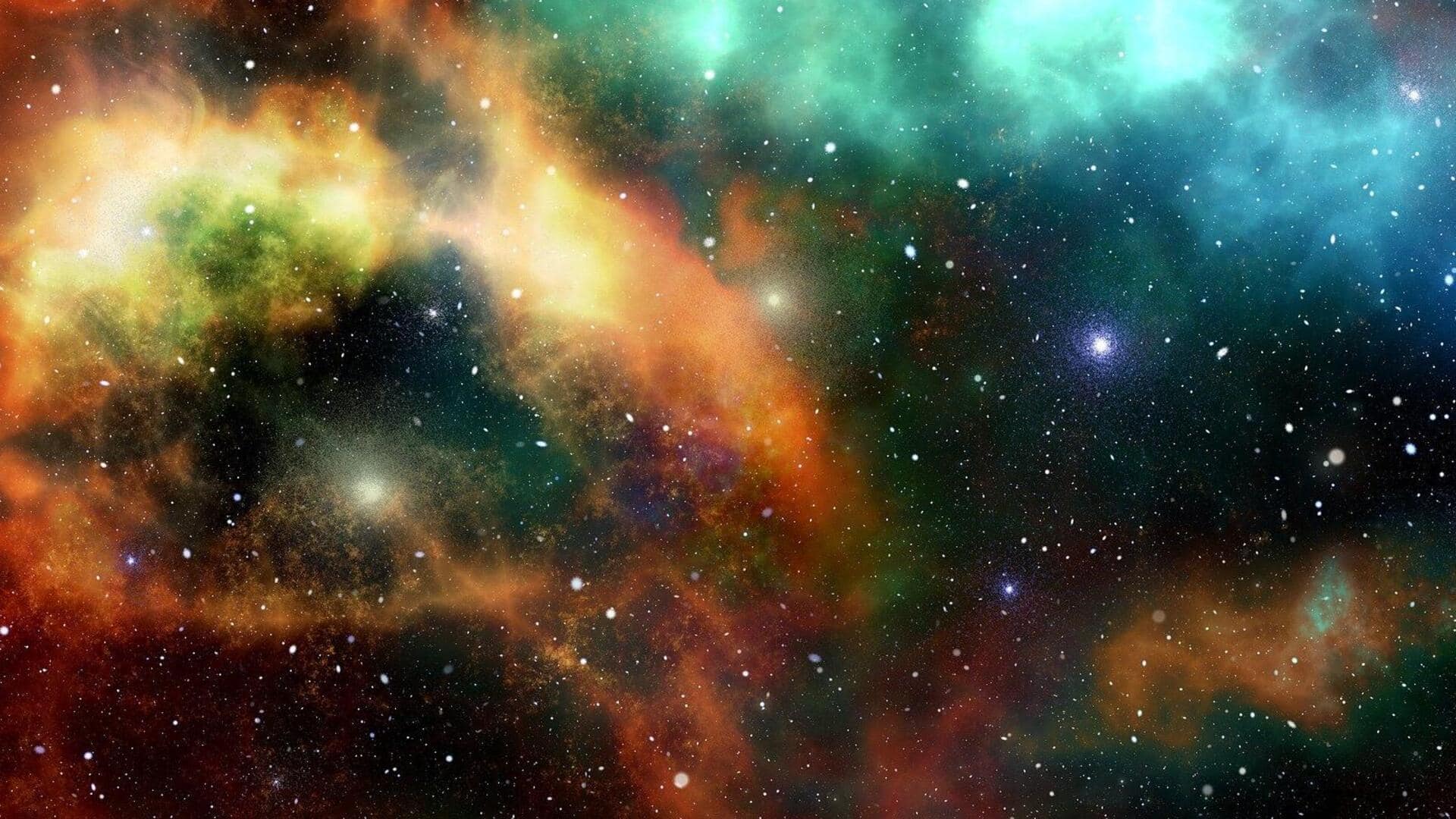
This is how first stars in the universe were formed
What's the story
An international team of astronomers, led by the University of Cambridge, has discovered a way to learn about the masses of the earliest stars. They suggest that studying a specific radio signal could help us understand these cosmic giants. The signal, known as the 21-centimeter signal, is created by hydrogen atoms filling gaps between star-forming regions and originated just 100 million years after the Big Bang.
Cosmic insight
The significance of the 21-centimeter signal
The 21-centimeter signal is a faint energy signature from over 13 billion years ago, influenced by early stars and black holes. It offers a rare glimpse into the universe's early days. "This is a unique opportunity to learn how the universe's first light emerged from the darkness," said Professor Anastasia Fialkov from Cambridge's Institute of Astronomy, who co-authored the study published in Nature Astronomy.
Research tools
REACH and SKA are 2 major ongoing projects
The Radio Experiment for the Analysis of Cosmic Hydrogen (REACH) and the Square Kilometer Array (SKA) are two major projects that might help us learn about the Cosmic Dawn. REACH, a radio antenna still in its calibration stage, promises to reveal data about the early universe. Meanwhile, the SKA—an enormous array of antennas under construction—will map the fluctuations in cosmic signals across vast regions of space.
Stellar link
Researchers studied how this signal reacts to early cosmic giants
Fialkov and her team created a model predicting the 21-centimeter signal for both REACH and SKA, finding that it is sensitive to the masses of first stars. "We are the first group to consistently model the dependence of the 21-centimeter signal on the masses of these stars," Fialkov said. The researchers studied how this signal reacts to Population III stars' mass distribution, finding previous studies underestimated this connection due to not accounting for X-ray binaries among these early cosmic giants.
Future prospects
Radio data connects to the story of 1st stars
Radio astronomy relies on the statistical analysis of faint signals, unlike optical telescopes that capture vivid images. REACH and SKA will not be able to image individual stars but will offer information about entire populations of stars, X-ray binary systems, and galaxies. "It takes a bit of imagination to connect radio data to the story of the first stars, but the implications are profound," said Fialkov.